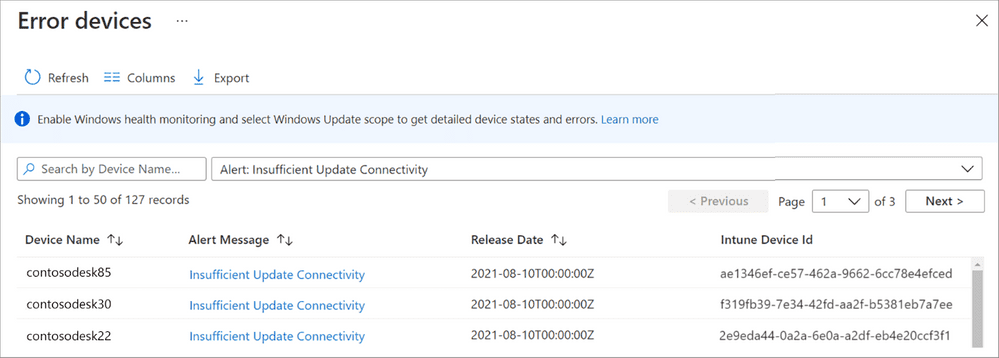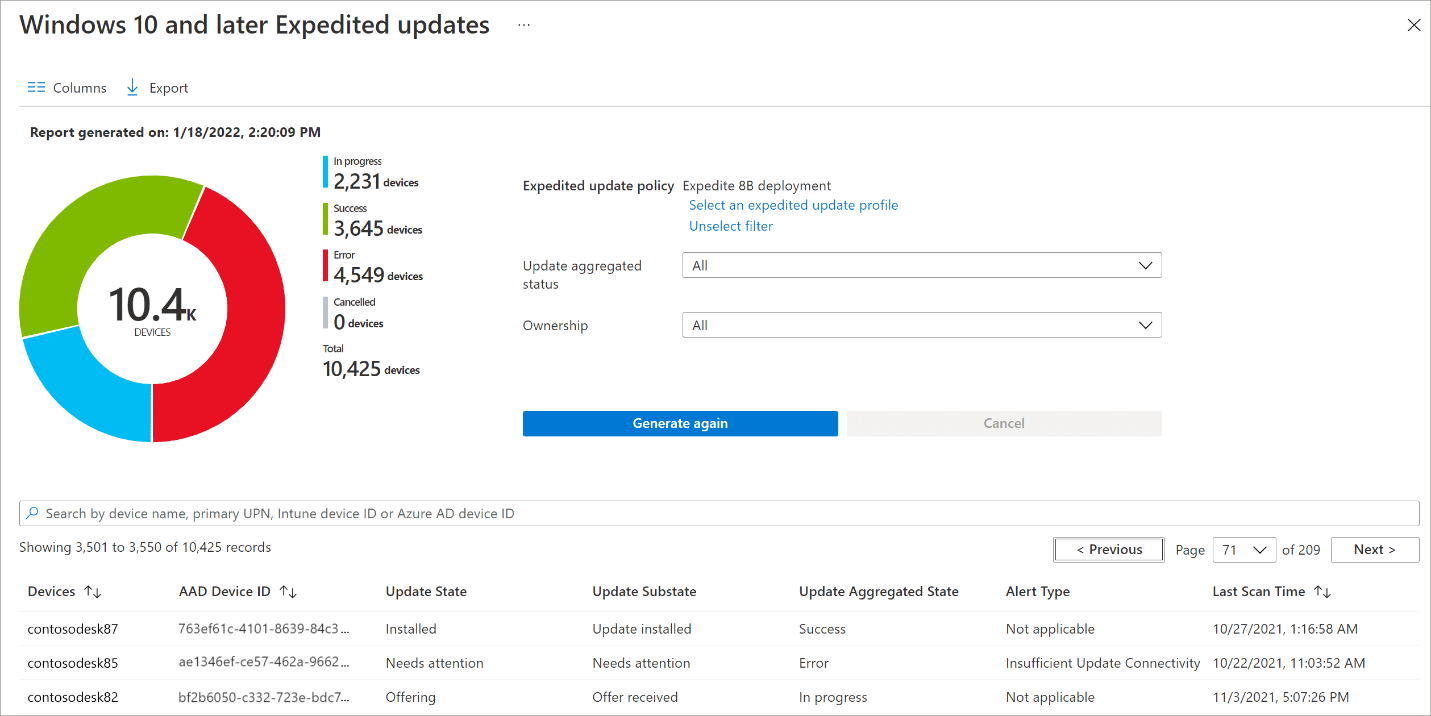Not all Windows PCs have the latest updates installed. Microsoft decided to analyze why Windows 10 or 11 devices are lagging behind in updates and published the conclusion of its findings on its Tech Community website.

According to Microsoft's analysis, PCs that don't meet certain update-specific requirements are often not up to date. Windows devices that are not online "two continuous connected hours, and six total connected hours after an update is released" often fail to update to the released regular updates or feature updates. The time is required to successfully download and install updates according to Microsoft.
Microsoft uses the Update Connectivity measurement to observe the updating behavior of Windows devices. It measures the time Windows devices are powered on and connected to Windows Update or other update management services such as WSUS.

Data analysts discovered that about 50% of Windows devices that "are not on a serviced build of Windows 10" are not meeting the minimum Update Connectivity measurement. Additionally, about 25% of devices that don't meet the requirements are "more than 60 days" behind when it comes to the installation of security updates on the device.
Microsoft recommends that organizations try to ensure that devices meet the minimum Update Connectivity measurement "by communicating with device owners"; this may include suggesting to owners to leave devices plugged in and connected instead of "powering them off overnight".
Power management is another area which has the potential of reducing the number of devices that are not kept up to date. Microsoft suggests to modify power settings to make sure that devices have enough time to download and install the latest security updates.
Update Connectivity data is available in Microsoft Intune. Administrators need to open Devices > Monitor and either open Feature update failures or Windows Expedited update failures to see the report.
Closing Words
Home users may also be affected by this, albeit to a lesser degree. Windows users who use the computer for light and short activities only may run systems that are not up to date. These users could run manual checks for updates to install the latest updates, without leaving the computer unattended.
Some Windows users keep their devices on a previous version, for instance, when new updates have known issues that impact activity on the device.
You can read the full article on Microsoft's Tech Community website. (via Deskmodder)
Now You: when do you update your devices?
Thank you for being a Ghacks reader. The post Microsoft explains why Windows PCs are not updated to the most recent version appeared first on gHacks Technology News.
0 Commentaires